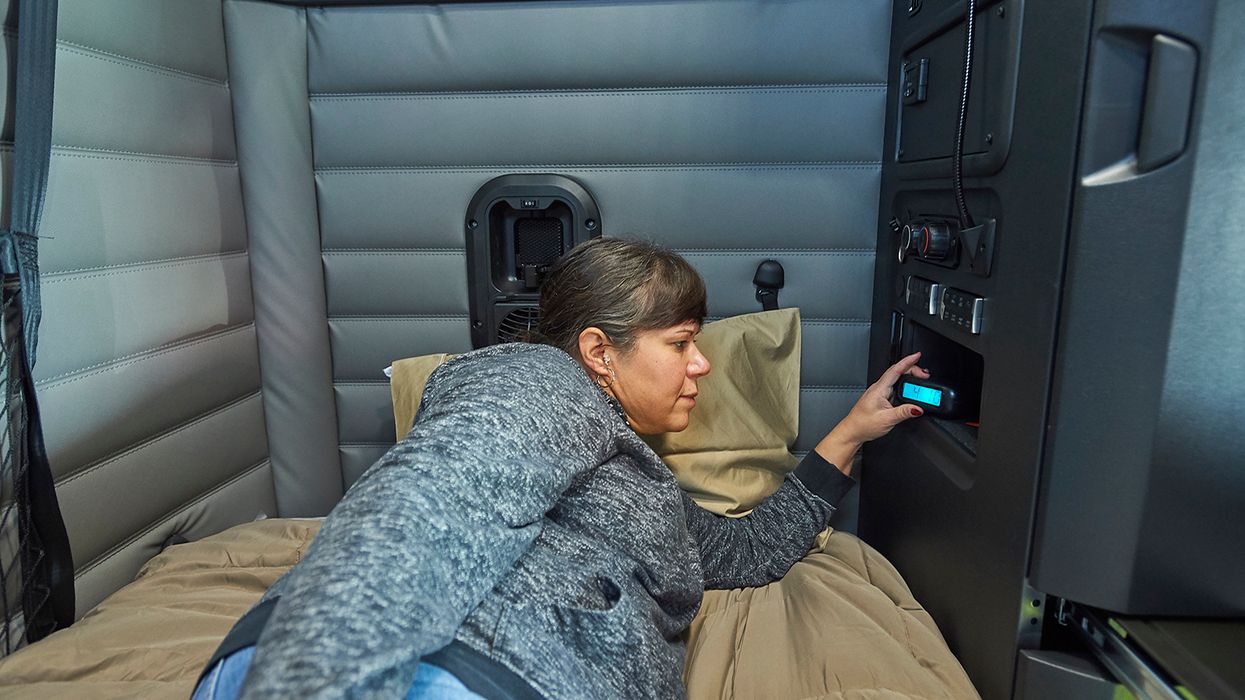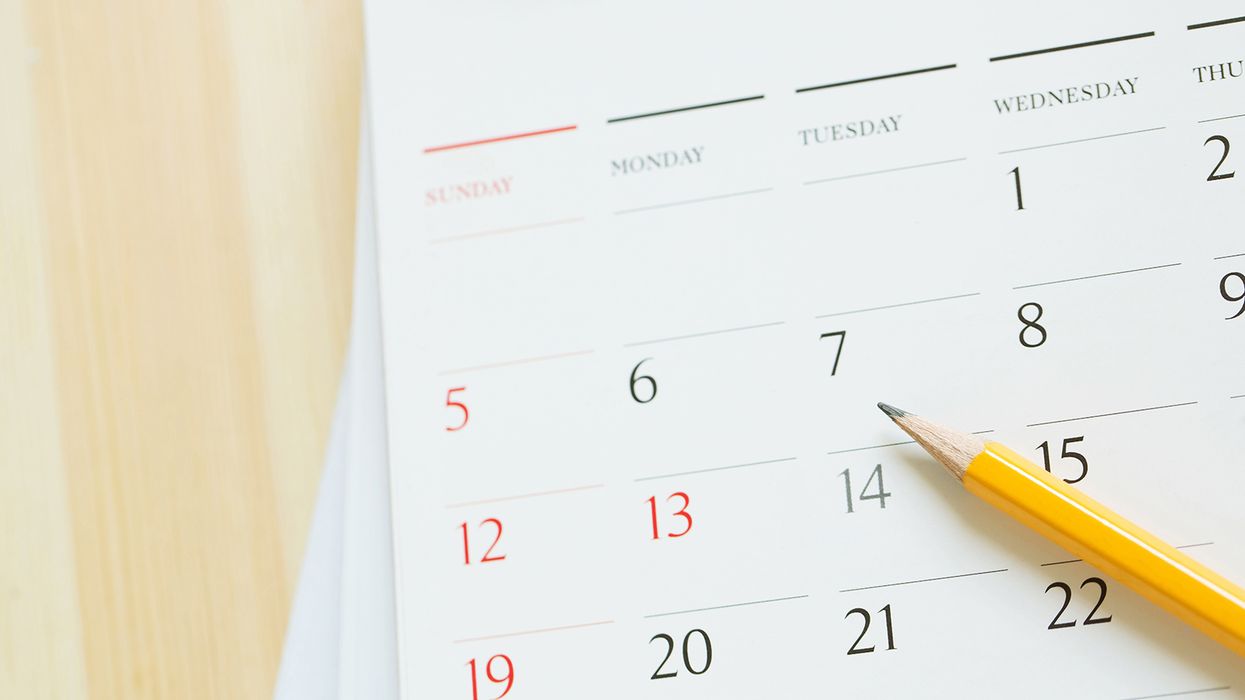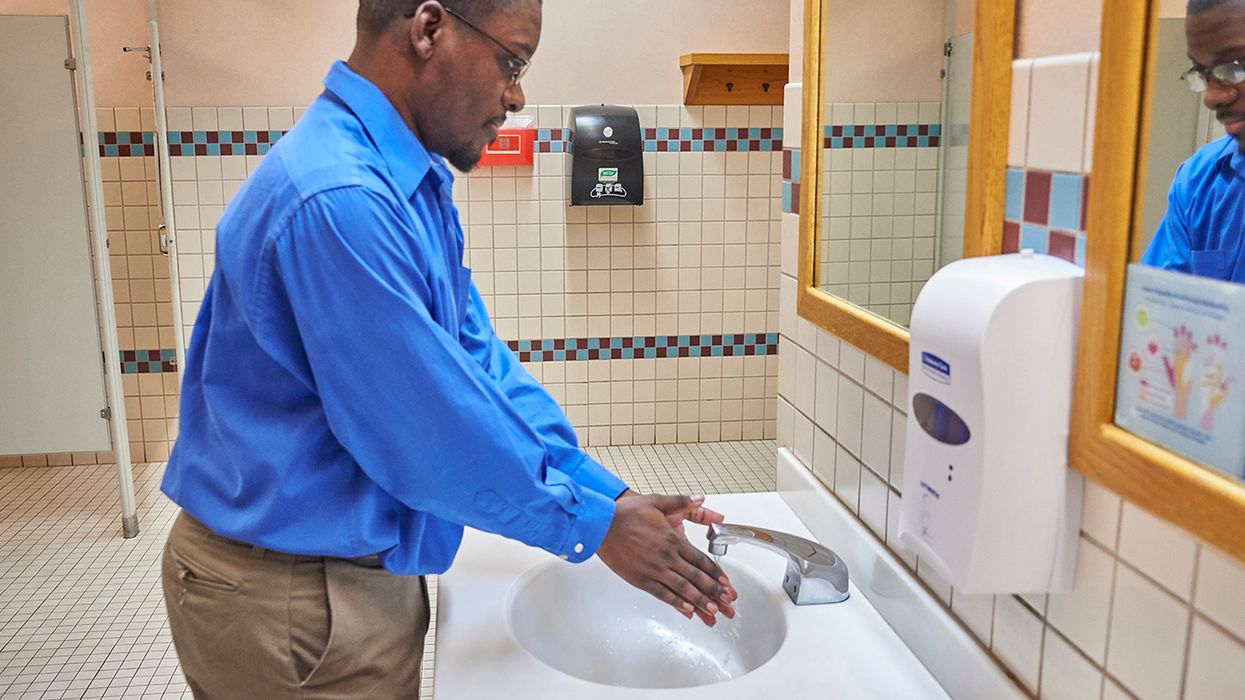Split sleeper and the 14-hour clock not the goldmine some drivers think it is
Many drivers realize that the split sleeper exemption at 395.1(g)(1)(ii), which allows a driver to “split” the 10-hour break into two qualifying breaks, can be used to pause the 14-hour clock. However, there are rules to doing this.
Basic rule
Rather than taking 10 consecutive hours off duty in a sleeper, a driver can split the required 10-hour break into two qualifying breaks. The two breaks combined must total 10 hours and one break must be at least seven hours in a sleeper berth. The other must be a minimum of two hours off duty in a sleeper berth. The qualifying break periods do not count against the 14-hour limit. The duty and driving time immediately before and after a qualifying break are combined to determine compliance with the 14- and 11-hour driving limits.
Must have and use a sleeper berth
To use this exemption, the driver must be operating a vehicle that is equipped with a sleeper berth. If the vehicle does not have a sleeper berth, the driver cannot use this exemption.
Also, the driver must be using the sleeper and meeting the seven-hour sleeper break requirement. If the driver has not logged any sleeper time, the driver cannot use the split-sleeper exemption and the 14-hour clock does not stop when the driver takes a break.
Using it correctly
If a driver wants to switch to split logging to adjust to an operational situation or delay, the key is having a minimum of seven hours in the sleeper. If the driver has not had a seven-hour sleeper break and takes the “short” break first, the driver will need to stop and take the seven-hour sleeper break at the required time. As an example, if the driver had nine hours toward the 14-hour limit prior to the short break, once the driver accumulates five hours toward the 14-hour limit after the break, the driver will need to stop and take the seven-hour sleeper break. After the seven-hour sleeper break, the driver will only have nine hours available before reaching the 14-hour limit.
Getting back to normal
To return to being able to use a full 11-hours of driving and 14-hours of duty time, the driver will need to take a 10-consecutive hour break.
Key to remember: The split-sleeper exemption can be used to pause the 14-hour clock, but it must be used correctly.

















































